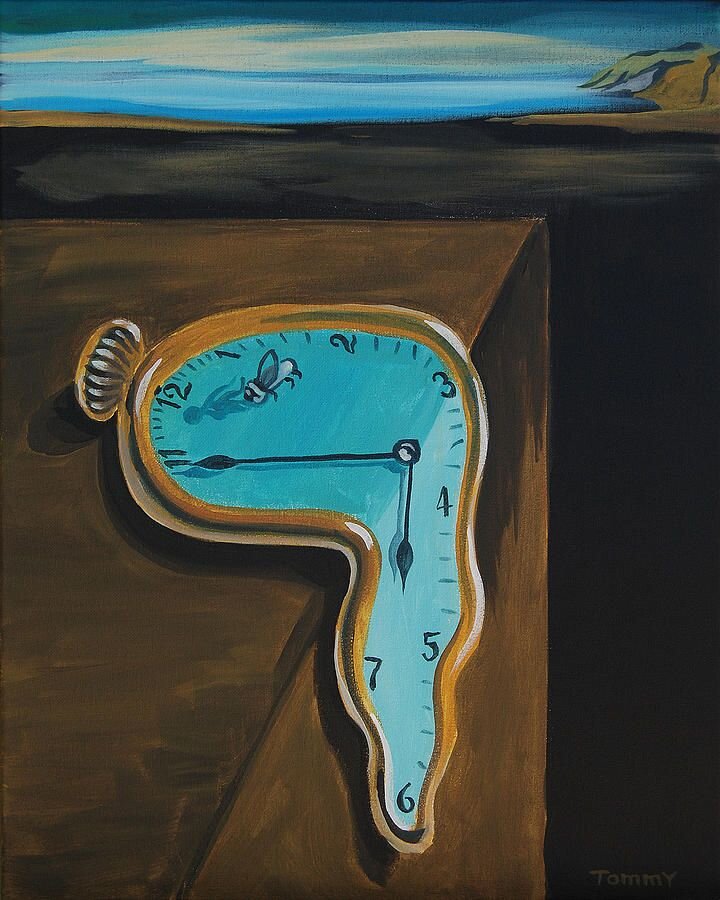The Brief History of The Cartier Crash Watch
One of the most curious watches from one of the most prestigious watchmakers in the world, the Cartier Crash has a shroud of fascination that has developed a cult following since its inception. The story behind the design of the Crash, much like its appearance, doesn't have a crystal clear lineage. It started in London in the late 1960s where Jean-Jacques Cartier was heading the Cartier London branch. One of the stories goes that an elderly lady had come into the boutique with a damaged watch that had been in a car crash which caused the case and dial to become deformed from the heat of the accident. Another variation of this story goes that a Cartier executive crashed his car in London— the car set ablaze with him wearing his Cartier watch inside— causing the case to deform due to the heat similar to the former. The Cartier Crash was later designed by Jean-Jacques Cartier in memoriam to the late Cartier executive. Whatever story you choose to believe, both of them include a fiery car crash that altered the original Cartier watch and gave name to the new design by Jean-Jacques Cartier.
The original Cartier watch that was said to have been melted in a fiery car crash was the Cartier Baignoire Allongée, which translates to “extended bathtub” in English. The Baignoire Allongée already featured an odd & oblong shape but was a popular model among Cartier wristwear at the time. Whatever crash story is the direct inspiration behind the Crash Watch was in fact inspired by a melted Baignoire Allongée Cartier watch. In the photo above you can see the similarities between the two case shapes and how the heat could have deformed the case shape to what the Crash design would later become.


Another inspiration that the Crash Watch consistently gets compared to is Salvador Dali’s “The Persistence of Memory (1931),” and “Melting Watch (1954).” Both of these paintings from Dali are great examples of the Surrealist movement in which the crash watch embodies and speaks to the period in which it was designed. Whether Dali played any part in its actual design process or not, it goes without saying that the idea of a melting clock is a benchmark of Dali’s artworks.








The Cartier Crash was first made available at the Cartier London boutique in 1967 and featured the now-famous warped case & roman numeral dial. The movement at the time was produced by Jaeger LeCoultre, which was a proven challenge to incorporate a manual movement to such a distorted and unusual case shape. The Crash not only has a unique and polarizing exterior, but also a complex & intricate movement that was made custom for its particular model. Over the years, the Crash has only been produced in super limited quantities. Due to the rarity of the original 1967 design, an original Crash can fetch upwards of $100,000 at auctions. In 1991— Cartier Paris produced a new version of the Crash which was limited to 200 pieces. Cartier has produced variations of the Crash over the years— mostly in women’s models as well as open-faced or “skeleton” faced options. Today, the Crash remains one of the most iconic watches from Cartier as well in the entire world of “Haute horology.” Between its unique and strange backstory to its extremely limited quantities— the Crash is one of the most polarizing watches in the game.

